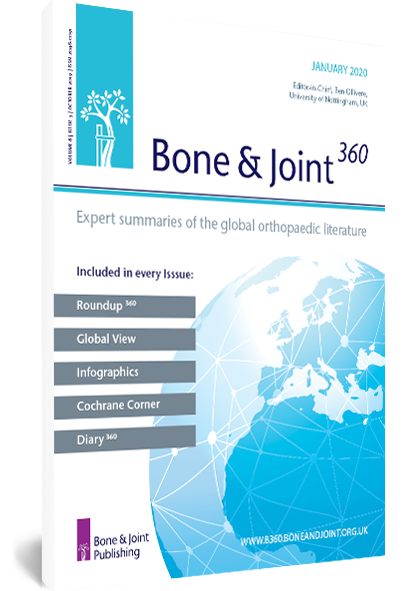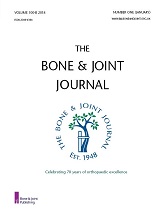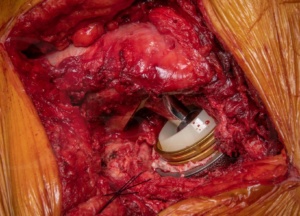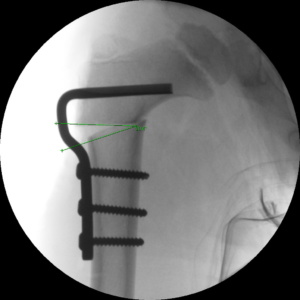The Hip
“A man who has never gone to school may steal from a freight car; but if he has a university education, he may steal the whole railroad”
Theodore Roosevelt
1858-1919 (26th President of the United States)
I think there could be few better places to start for trainees and residents learning the breadth of issues around total hip replacement than this excellent article by Andrew Manktelow and Benjamin Blocks from 2015 that its our pleasure to republish this month. In a most comprehensive overview, issues of implant design, bearing surfaces, fixation methods, approaches, outcome measures, registries and controversies are all covered. As an experienced surgeon its easy to get slightly tunnel vision about your area and I’m sure there are worthwhile reminders and references to explore for all in this article.
On Orthoracle you’ll find instruction on over 2o primary joint replacements, and numerous revision options, including cemented, uncemented, custom components and robotic assisted techniques, all with comprehensive step by step detail on how to execute. They are all great techniques in their own ways but a few standouts are Ronan Treacys (one of the originators of the BHR) Total Hip Replacement: Birmingham Hip resurfacing (Smith and Nephew)
and Andrew Bakers very detailed instruction on acetabular preparation and implant orientation contained in his techniques Total Hip replacement(posterior approach): Cemented Exeter/Contemporary (Stryker) and also Total Hip replacement(posterior approach): C stem AMT/Elite (Depuy) cemented hip (femur first)
We do have a number of detailed posterior approach demonstrations but for the absolute excellence of its photography and instructional detail then I think readers need look no further than Jonathan Stevensons recently published Total Hip Replacement: Implantcast PRS cup cage and dual mobility reconstruction for pathological acetabular fracture.
Debbie Eastwood and Anria Horns article on prevention of femoral head collapse in (Legg-Calves-) Perthes disease first published in 2017 is another really useful and very comprehensively referenced piece of work about the hip joint. Its relevance is not only to paediatric orthopaedic surgeons but also the much larger number of adult hip surgeons who will often end up managing the sequelae of this condition in the adult population.
On Orthoracle you’ll find instruction on the operative management of the other commoner paediatric hip conditions of Congenital dislocation, where we have five different techniques, as well as both the basic pinning of a Slipped Upper Femoral Epiphysis and the more complicated Dunns Osteotomy for the deformed case and rarer conditions like Osteogenesis Imperfecta (Femoral shaft fracture: Fassier-Duval telescopic IM system for osteogenesis imperfecta).





















